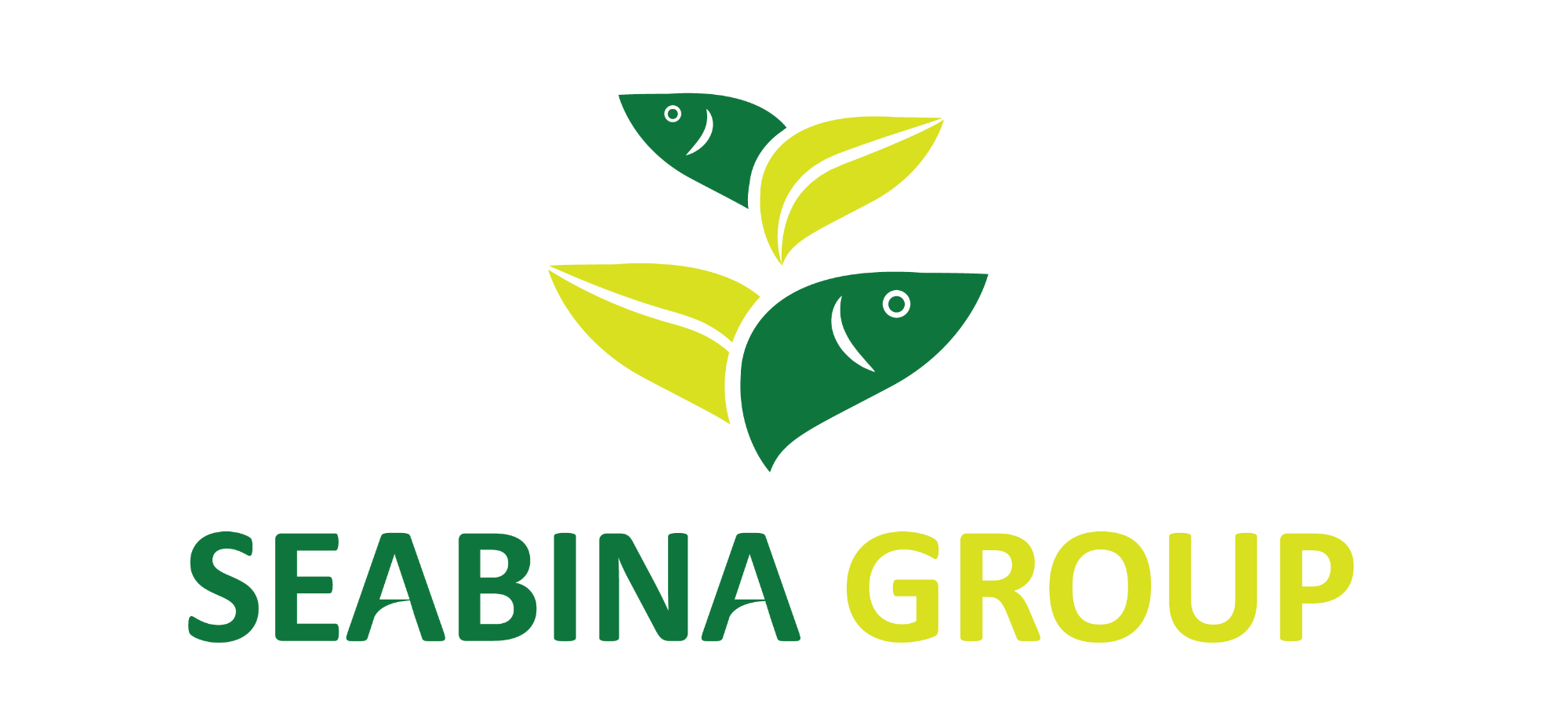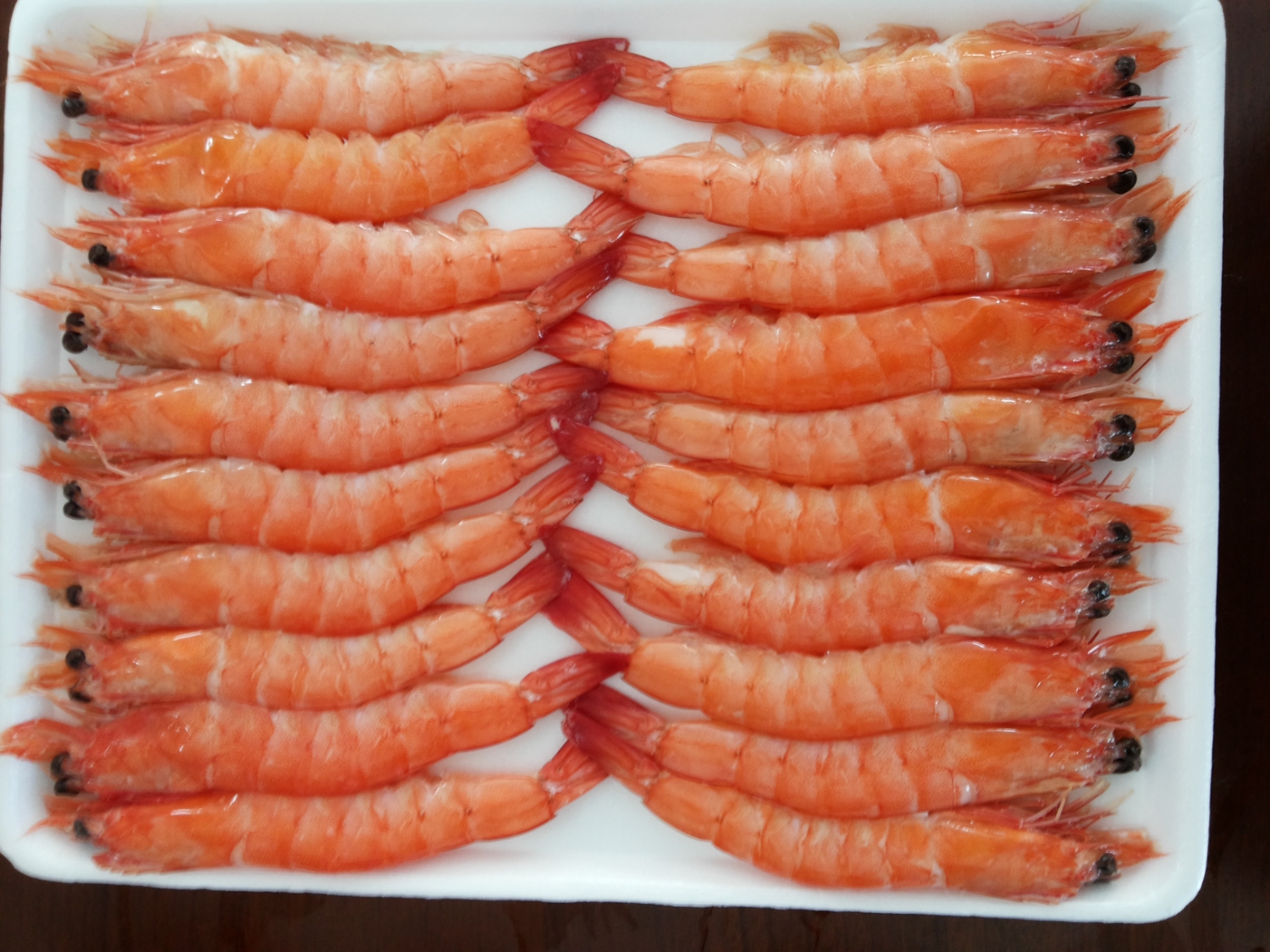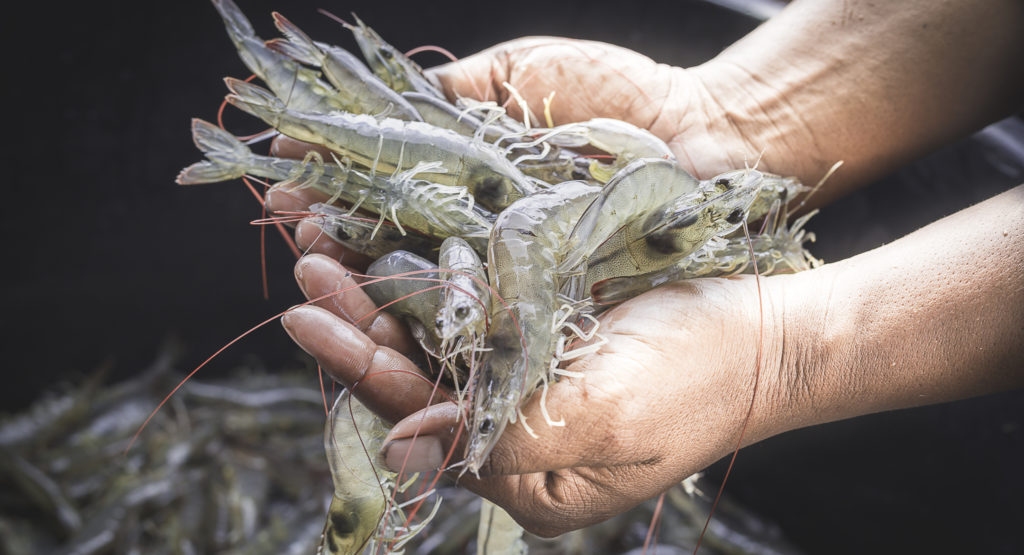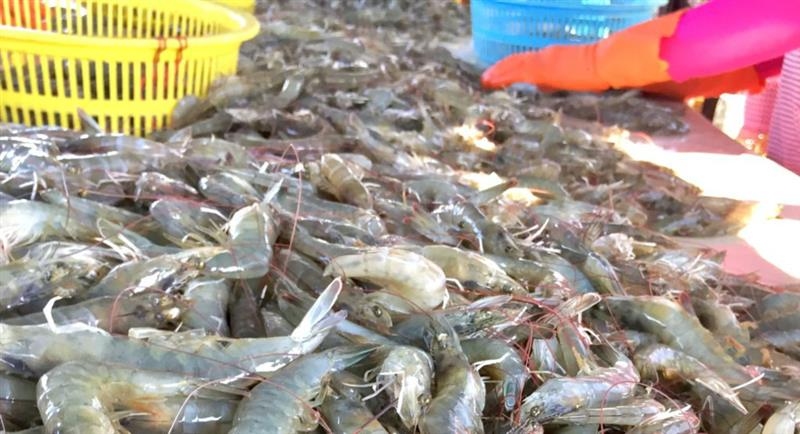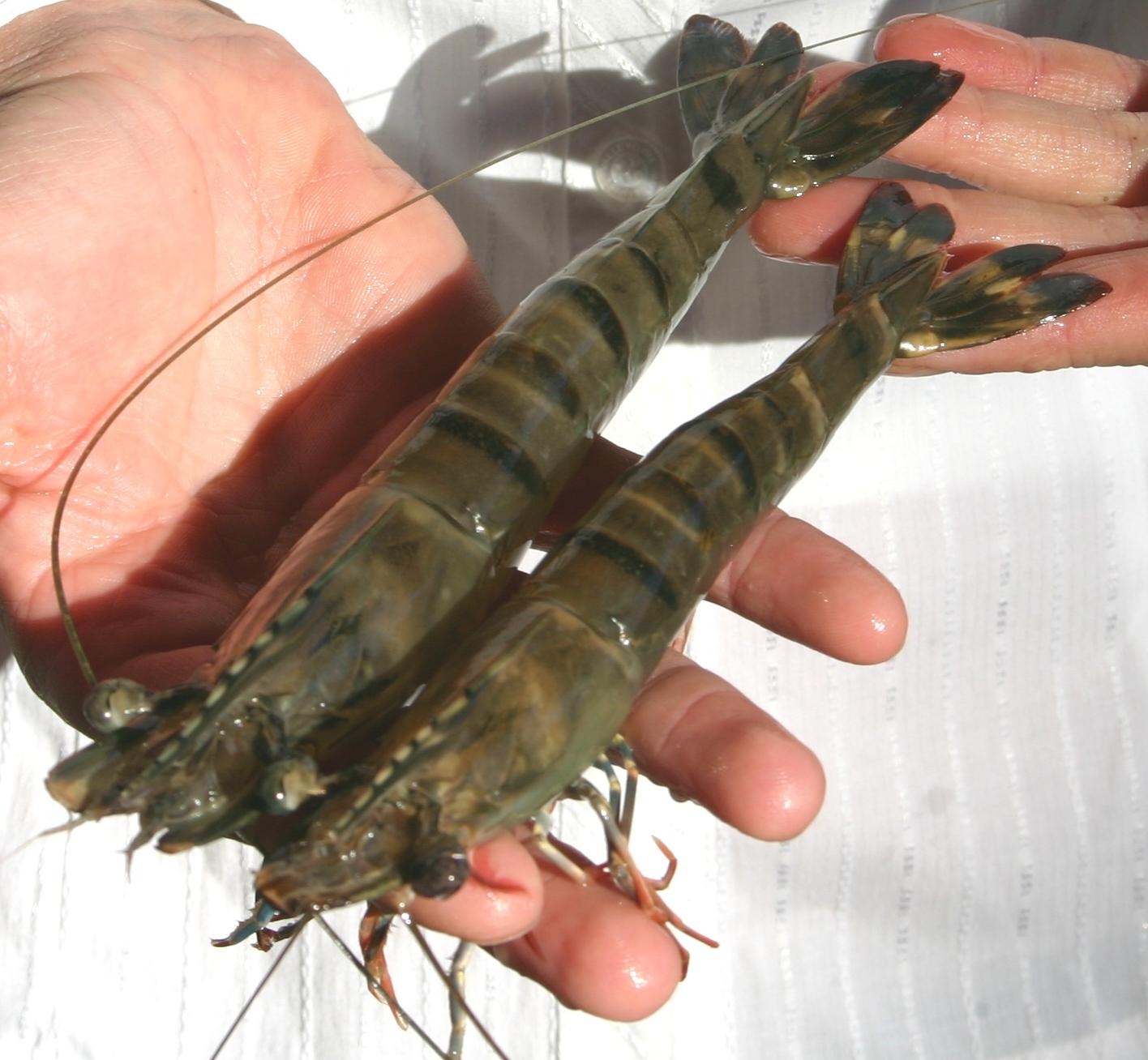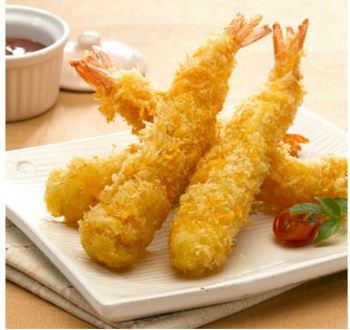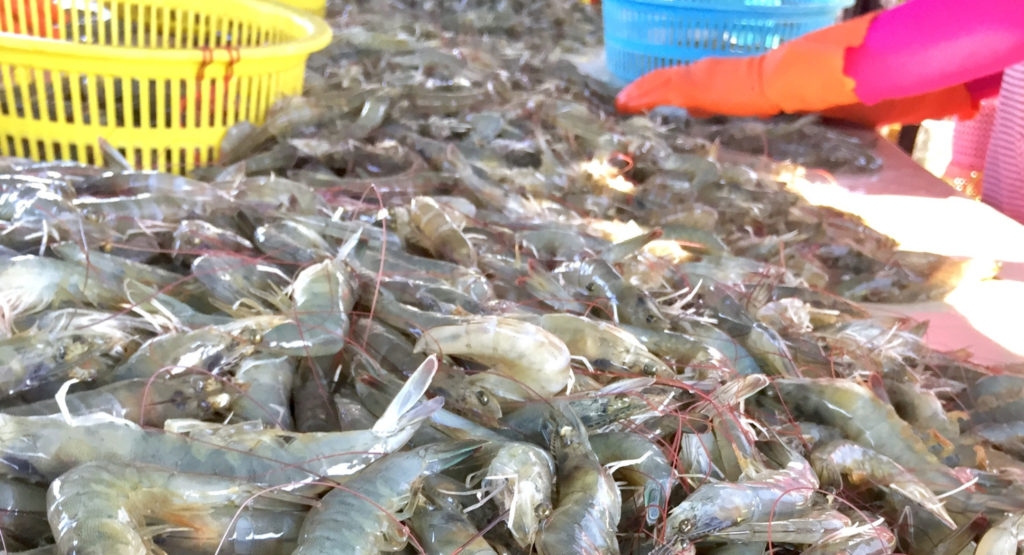
Summer demand remains strong in the United States of America and Europe
Summer demand remains strong in the United States of America and Europe
Farmed shrimp supply worldwide remained stable during the first half of 2021 while demand slowed down in China but remained strong in the western markets. Supported by stable production and improved export processing facilities, Ecuador increased trade to the existing and emerging markets during this period. Unfortunately, the industry in India continues to suffer from the COVID-19 crisis that impacted the entire supply chain. Meanwhile, Viet Nam and Indonesia improved exports through stable supply and value-added products.
Production of farmed shrimp was adequate to meet existing global demand during the first half of 2021. With steady supplies, Ecuador remained the top producer of farmed shrimp. Indonesia and Viet Nam also reported increased production mirrored on their exports. India reported improved production during January-April, although the industry continues to struggle with the pandemic crisis. In May there were emergency harvests in the southern region following concerns of disruptions in the supply chains linked with severe pandemic outbreak and shutdowns.
In addition, strong cyclone Yaas also destroyed the first crops of the season in the eastern region (West Bengal). Reportedly Indian farmers prefer to produce large sized shrimp whereas the market requirement, particularly from the United States of America and China is for medium sizes, causing imbalance in export processing. The industry has also been affected by loss of trained labour forces (in the processing industry) linked with COVID-19 casualties/deaths. In Argentina, the shrimp capture fisheries north of the 41st parallel north started in mid-April with good catches and remained strong as of June, especially for sizes 20/30 and 30/40. In the US Gulf of Mexico, landings remained low during January-May 2021.
International trade
Exports
During January-March 2021, the top exporters were Ecuador, India, Viet Nam, Indonesia, China, Thailand, and Argentina. Compared with the same period last year exports increased from all countries but Thailand. Ecuador continued to be the top exporter helped by an increase in value-added production and market diversification supported by investment in new equipment and increasing production capacity.
However, exports from Ecuador declined by 38 percent to its top market of China which could be attributed to the temporary import suspension by China from elected Ecuadorian shrimp companies. The United States of America was Ecuador’s second largest export market and accounted for a 23 percent share in total exports compared with 15.4 percent a year ago. There were two-digit increases in many export markets in Europe, the Middle East and far-east Asia (excluding China) during the review period. Official data from India also indicated increased exports during this period. However, exports declined to the top three markets of the United States of America (-2 percent), the European Union (-5.5 percent), and China (-30 percent).
Exports also increased from Viet Nam and Indonesia through improved sales of semi-processed and processed products. Export industries in Asia are facing serious shortages of reefer containers following lengthy health inspection procedures in importing countries, particularly in China. In Asia container shortages have caused a nearly 1 000 percent rise in freight rates particularly for inter-continental shipments. Shrimp exports increased from Argentina. Prices have remained high despite good catches, backed by excellent demand from both Europe and Japan. For some sizes (the big and the small categories), prices even increased.
Imports
In anticipation of the reopening of the hotel, restaurant and catering (HORECA) sector, demand remains positive in the European Union, the United States of America and some other western markets. However, imports slowed down in the large market of China. Imports also decreased in Japan and in Taiwan Province of China, compared with 2020. There were increased imports in Hong Kong SAR, Macao, Malaysia, Singapore, Australia and New Zealand. Demand remained weak in the Middle East markets of United Arab Emirates (UAE), Saudi Arabia and other small markets in the GCC (Gulf Cooperation Council) region.
European Union
Since early 2021, European markets have shown signs of strong recovery as vaccinations are rolled out and restaurants have reopened. European Union: Shrimp imports totalled 180 700 tonnes (+5.6 percent) during January-March 2021. The majority (80 percent) were sourced from non-EU countries, and the leading suppliers were Ecuador, India, Greenland, Argentina, and Viet Nam. Imports increased in the top markets of Spain (35 450 tonnes; +4.6 percent), France (26 930 tonnes;+9.90 percent), Denmark (25 350 tonnes; +18 percent), the Netherlands (21 720 tonnes, +21.6 percent) but declined marginally in Germany (17 050 tonnes ; -0.23 percent). Extra-EU trade: Outside the EU zone, the Russian Federation emerged as the lead market in the first quarter of 2021 (21 200 tonnes; +70 percent), followed by the United kingdom of Great Britain and Northern Ireland where imports declined to 15 300 tonnes from 17 600 tonnes a year ago. Imports also increased in Ukraine (4 400 tonnes; +94 percent), Norway (3 510 tonnes; +13 percent) and Switzerland (1 770 tonnes; +18 percent) during this period. As of June 2021, frozen shrimp supply was limited in Europe along with strong competition among shrimp traders. Supplies from India have been limited due to the lockdowns associated with the COVID-19 outbreak and also the shortage of reefer containers. Imports, however, increased from Ecuador amidst strong demand from the United States of America and limited availability of products. Demand for Argentine shrimp remains strong at firm prices in European markets. There is optimism of revived tourism this summer, particularly in the Southern part of the continent. As a result, shrimp purchases increased while hands-on stocks have reduced with slow replenishment from origins.
United States of America
Shrimp was the big winner in the US market during the pandemic. Consumers opted for this wellknown seafood which could be prepared at home. In addition, demand for higher value/processed shrimp also increased during this period and more money was spent per unit purchase of shrimp. Shrimp imports have been smooth and there were no significant supply problems or obstacles during the first quarter when imports increased by 10.1 percent at 185 900 tonnes. Among the top sources, supplies declined by 2.5 percent from India at 67 515 tonnes, but increased from Indonesia by 15 percent at 41 890 tonnes, 36.5 percent from Ecuador at 35 500 tonnes and 44 percent from Viet Nam at 14 455 tonnes. Imports of raw shell-on shrimp were 7 percent lower during this period at 57 455 tonnes caused by a 38 percent short fall in imports from India, although imports increased from Ecuador and Indonesia for this product group. Over and above, there was a 13.6 percent rise in peeled shrimp imports at 81 000 tonnes. Imports of processed shrimp including the popular breaded products also increased by 31 percent at 43 745 tonnes during this period. There is optimism in the sector from the beginning of the summer season, with a strong increase in demand for shrimp, but fulfilling all orders remains a major challenge for producers/exporters. For Ecuador close proximity to the market is certainly a big advantage over Asian suppliers. The shipment period from Ecuador to US ports is about 7 days compared with 30-40 days for supplies from Asia.
China
This year, there has been persistent declines in China’s shrimp imports indicating slower consumer demand and high stocks of imported shrimp in the market. Cumulative imports during the first quarter of 2021 were 3 000 tonnes or 16 percent lower at 148 775 tonnes compared with 176 860 tonnes imported a year ago. Imports declined from most sources excluding Ecuador, Viet Nam and Malaysia. With a 61 percent market share, Ecuador was the top supplier to China. There was a 43 percent decline in imports of headless shrimp from Ecuador but imports of the popular head-on shrimp were on par with 2019 at 10 530 tonnes, but lower compared with 2020.
On average monthly imports in China declined by 25- 28 percent during February to May 2021, a trend likely to continue in the coming months.
Japan
The Fisheries White Paper recently released by the Japan Fisheries Agency confirmed shrinking per capita consumption of seafood in the country including shrimp. This tumbling demand trend mirrored on the falling imports of shrimp over the last decade, from 290 000 tonnes in 2010 to 210 000 tonnes in 2020. Import trends during January-March 2021 remained almost unchanged at 46 630 tonnes (-0.11 percent) but with a 4.7 percent rise in raw shrimp supplies (shell-on and peeled) that increased from Indonesia and India. Also worth mentioning is the 200 percent rise in raw shrimp supply from Ecuador to Japan during this period. Continued lull in the restaurant trade also led to lower imports of processed shrimp (-2 percent) during this period. Uncertainty continues in the Japanese shrimp market because of the surge in COVID-19 cases and occasional lockdown imposed by the government.
Asia/Pacific
During January-March 2021, shrimp imports in Viet Nam increased from Ecuador and India for re-processing/re-exports. To supplement local supply shortage, Thailand also imported more raw material during this period (+90 percent) mostly from Ecuador for export processing of value-added products. Price Ex-farm prices of shrimp have been steady in Asia. However, CFR prices (cost and freight) to North America and Europe have increased by 20-23 percent during March-July 2021. This has been the result of acute shortage of reefer containers and a subsequent huge rise (600 percent) in sea freight cost, from USD 3 000 in 2019 to USD 18 000 in 2021 for a 40 footer reefer container. Supported by excellent demand from Europe and Japan, prices of Argentinean shrimp remain high for large and small categories, despite the good catches since April/May.
Outlook
Uncertainties about the pandemic situation and lingering crisis are likely to impact future production of farmed shrimp in south and southeast Asian countries in 2021. Container shortages for inter-continental cargoes, rising freight cost and long delays in shipments are added concerns to Asian shrimp exporters. In Europe, summer demand for shrimp will remain good throughout the continent. In the coming months, supplies of farmed shrimp from Asia might be uneven because of the COVID-19 crisis in most of the producing countries. This will create sales opportunities for Ecuador as demand from China remains sluggish. Meanwhile with improved supplies of Argentine shrimp, some downward adjustment in prices is likely to happen in the coming months.
In the United States of America, demand for shrimp is likely to be robust throughout 2021. Marketers anticipate tight supplies during the summer months from domestic (US Gulf) and foreign sources. Meanwhile good retail demand is likely to continue and there will be a boost in restaurant business as the US economy is forecast to grow fast with increased employment and higher disposable income. The falling import trend in China continued during April and May 2021, making January-May cumulative imports 21 percent lower than last year’s same period. This pattern is unlikely to reverse until the autumn festival in October. Meanwhile, a short fall in China’s direct imports will induce more imports in Viet Nam from Ecuador and other sources. It is quite likely that part of these will be redirected to China through border trade.
Source: FAO report
Other news
- A recovery for the shrimp market? 17/04/2024
- Shrimp market: Fear of inflation and declining demand 22/10/2022
- Global supply chains are being battered by fresh COVID surges 18/08/2021
- Animal Health and Welfare in Aquaculture 17/08/2021
- Pangasius Imports Outpacing Tilapia 10/08/2021
- Growth in India's Shrimp Production and Exports 08/08/2021
- Decline in shrimp exports to China makes shrimps cheaper in India for domestic market 03/08/2021
- Rabobank sees plenty of positives for both shrimp and salmon sectors 29/07/2021
- Asia’s Shrimp Connoisseurs: Japan, Taiwan And South Korea 02/07/2021
- Latest Vannamei in India update 01/07/2021
